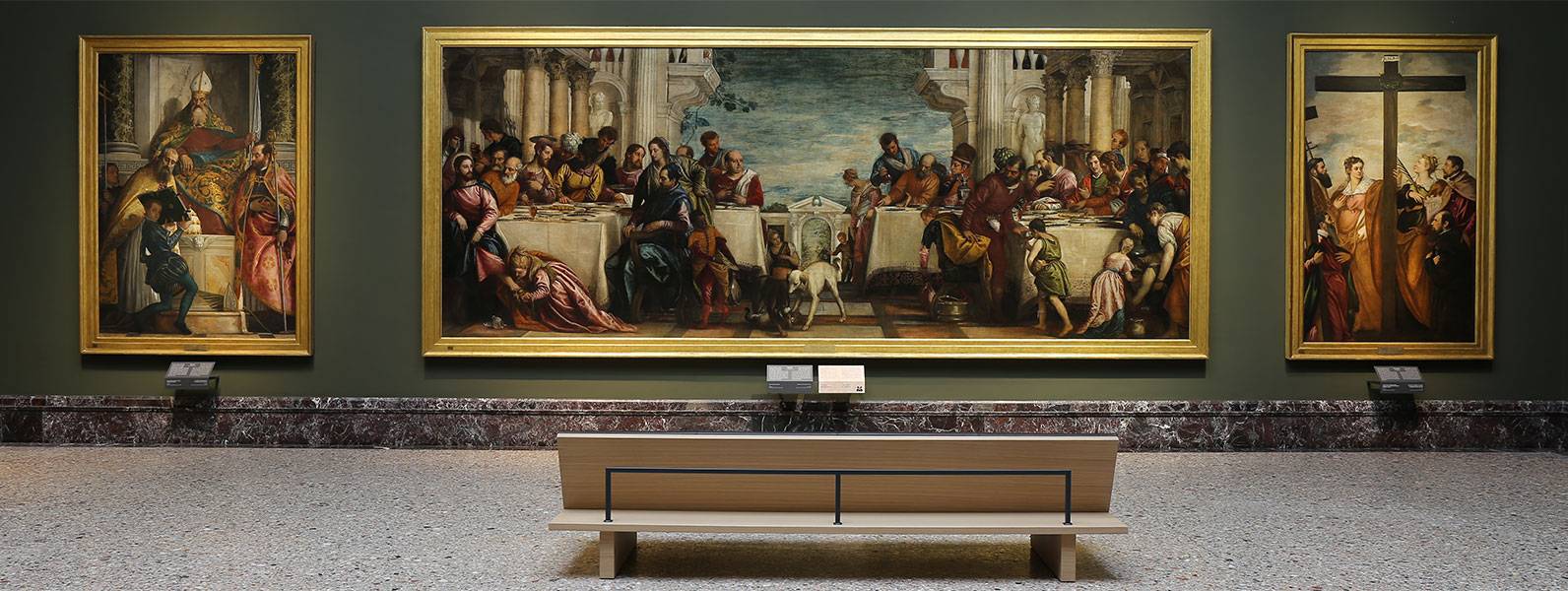The Renaissance Palazzo di Brera, built between 1651 and 1773, was originally a Jesuit college, but since 1776 has been the Accademia di Belle Arti (Academy of Fine Arts). Along with a library and observatory, it contains the Pinacoteca di Brera, one of Italy’s finest art museums.
Much of the art was acquired as churches closed or were demolished, and the museum is especially strong in paintings by northern Italian masters. As you enter through the courtyard, you’ll see an 1809 monument to Napoleon I by the sculptor Canova.
Notable among 15th-century pictures are works by Mantegna (Madonna in a Ring of Angels’ Heads and Lamentation). The Venetian masters are represented by Giovanni Bellini (Lamentation and two Madonnas), Paolo Veronese, Titian (Count Antonio Porcia and St. Jerome), and Tintoretto (Finding of St. Mark’s Body and Descent from the Cross), and portraits by Lorenzo Lotto and Giovanni Battista Moroni.
The Lombard masters, disciples of Leonardo da Vinci, are well represented, as are artists of the Ferrarese school. Correggio of Parma is represented by a Nativity and an Adoration of the Kings. Artists of the Umbrian school include Piero della Francesca (Madonna with Saints and Duke Federico da Montefeltro) and Bramante (eight frescoes Christ of the Column).
The most famous picture in the gallery is Raphael’s Marriage of the Virgin (Lo Sposalizio), the finest work of his first period. Outstanding foreign masters are Rembrandt (portraits of women, including The Artist’s Sister), Van Dyck (Princess Amalia of Solms), Rubens (Last Supper), and El Greco (St. Francis).
It’s not all old masters – you’ll also find works here by Picasso, Braque, and Modigliani, too. Most visitors miss the Brera’s little secret: the Orto Botanico di Brera, a charming garden in one of its inner courtyards, a hidden oasis of exotic trees, pools, and flower beds with a 19th-century greenhouse.


